 I don’t know what it is specifically about WA-bred bands, but they know how to write some big songs.
I don’t know what it is specifically about WA-bred bands, but they know how to write some big songs.
As someone who rates The Triffids as one of the best bands to ever come out of Australia, I’m more than willing to put The Panics in that company. And they’ve produced enough great songs to give Born Sandy Devotional one hell of a run for its money. Yes that’s a big call but i stand by it.
Hole In Your Pocket is the fifth album from The Panics and it’d be unfair to say they’ve hit their stride as that arguably happened more than five years ago. This album is polished without sounding self-assured and passionate without being florid. Cinematic is a term often applied to this group and it’s for good reason – the scope of these songs vary but they all feel like significant events.
Highlights for me are Carparks of Greschen, Not Apart, Not Together and the first release from the album, Weatherman. That said, at nine songs the album has no flab anyway so it’s an academic exercise finding outright favourites.
If you’re after fist-pumping four to the floor rock then look elsewhere – although this outfit are no slouches in the live arena either from the couple of gigs I’ve seen. They’re about to hit the road in coming months in support of the album.
If you like some real meat on the bones of your rock music, then you may just want to check out Hole In Your Pocket and pretty much every other release from these guys.
Check out Weatherman right now:
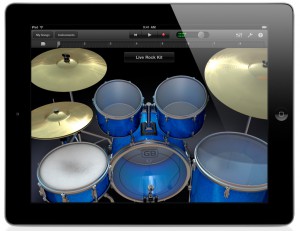

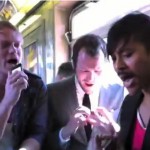
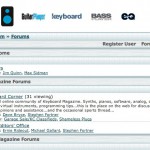
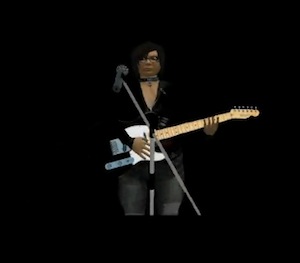
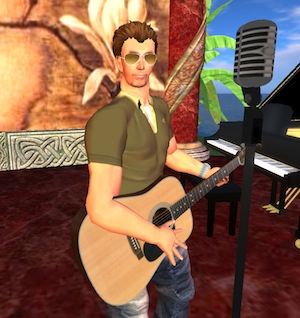
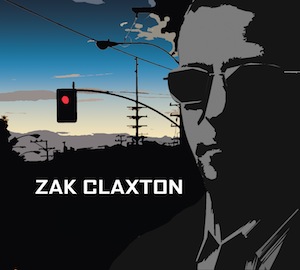 Zak: I tend to create music for the sake of the music, as opposed to ulterior motives like fame or fortune. I can say for sure that I still have a lot of music inside of me that has yet to emerge. I’ve begun writing songs for a second solo album, which I intend to start working on in early 2010. But on an immediate basis, my self-titled debut album is just coming out now, so I have some stuff to do to help promote it. In that regard, I will be doing some live shows in real life, and we’re making an effort to get terrestrial radio airplay here in the USA in addition to the Internet radio play we get on stations like IndieSpectrum Radio and SL Live Radio. While I’m not fooling myself into thinking my album will be some massive pop hit, I still want to do the things that will at least give it a chance to get heard, so the current focus is in that regard. I’m working closely with Kat on this stuff, since we’re partnering in a record label called Frothy Music to do the release of my album.
Zak: I tend to create music for the sake of the music, as opposed to ulterior motives like fame or fortune. I can say for sure that I still have a lot of music inside of me that has yet to emerge. I’ve begun writing songs for a second solo album, which I intend to start working on in early 2010. But on an immediate basis, my self-titled debut album is just coming out now, so I have some stuff to do to help promote it. In that regard, I will be doing some live shows in real life, and we’re making an effort to get terrestrial radio airplay here in the USA in addition to the Internet radio play we get on stations like IndieSpectrum Radio and SL Live Radio. While I’m not fooling myself into thinking my album will be some massive pop hit, I still want to do the things that will at least give it a chance to get heard, so the current focus is in that regard. I’m working closely with Kat on this stuff, since we’re partnering in a record label called Frothy Music to do the release of my album. Zak: Lots and lots of mistakes to avoid. First and foremost, check your ego at the door, as Quincy Jones once famously said. I’ve seen a number of musicians come into SL thinking they should be the hot ticket from day one, since they have a bit of real life experience as a musician. But as I mentioned earlier, there’s actually a pretty deep talent pool in SL, and like any music scene you’re trying to break into, you have some dues to pay in terms of getting recognized.
Zak: Lots and lots of mistakes to avoid. First and foremost, check your ego at the door, as Quincy Jones once famously said. I’ve seen a number of musicians come into SL thinking they should be the hot ticket from day one, since they have a bit of real life experience as a musician. But as I mentioned earlier, there’s actually a pretty deep talent pool in SL, and like any music scene you’re trying to break into, you have some dues to pay in terms of getting recognized.
Recent Comments